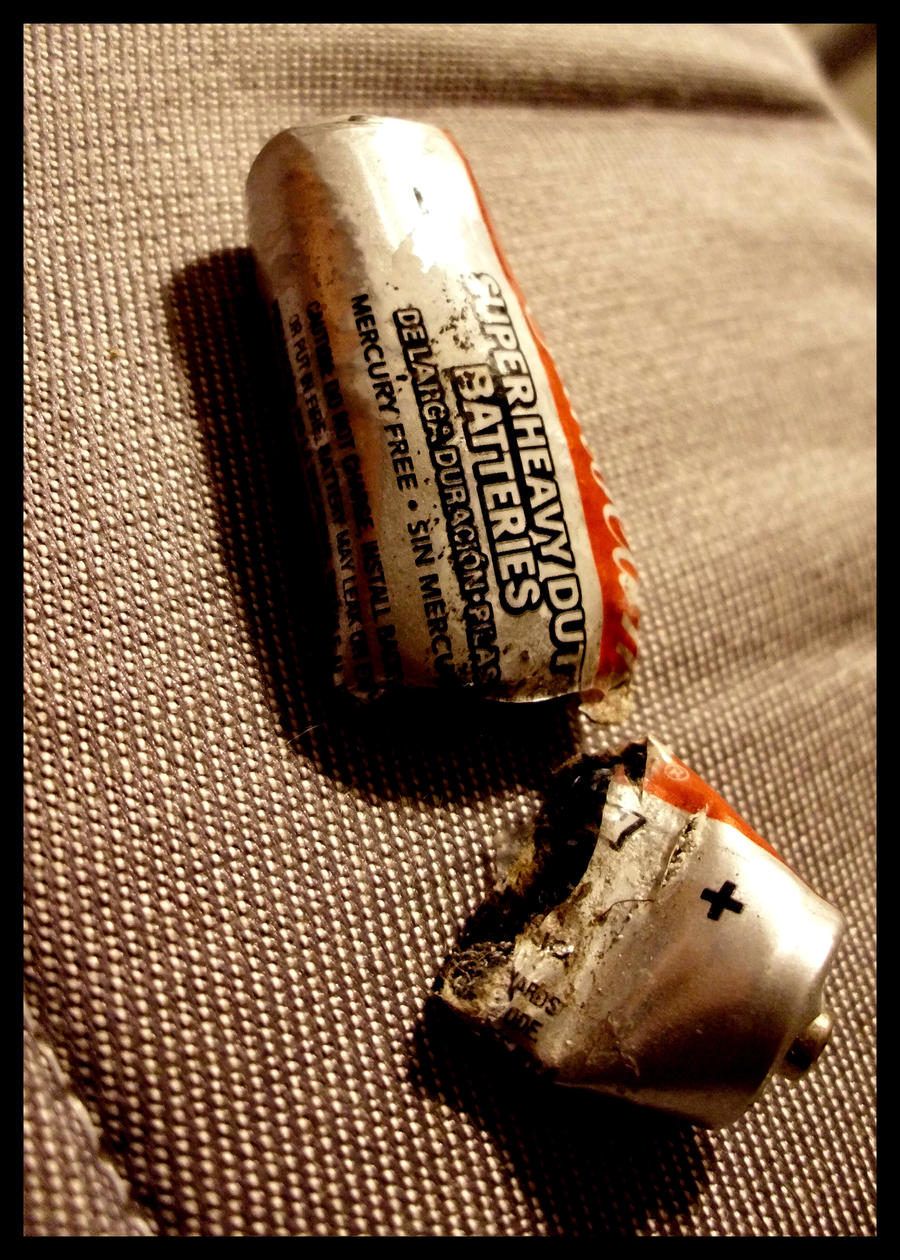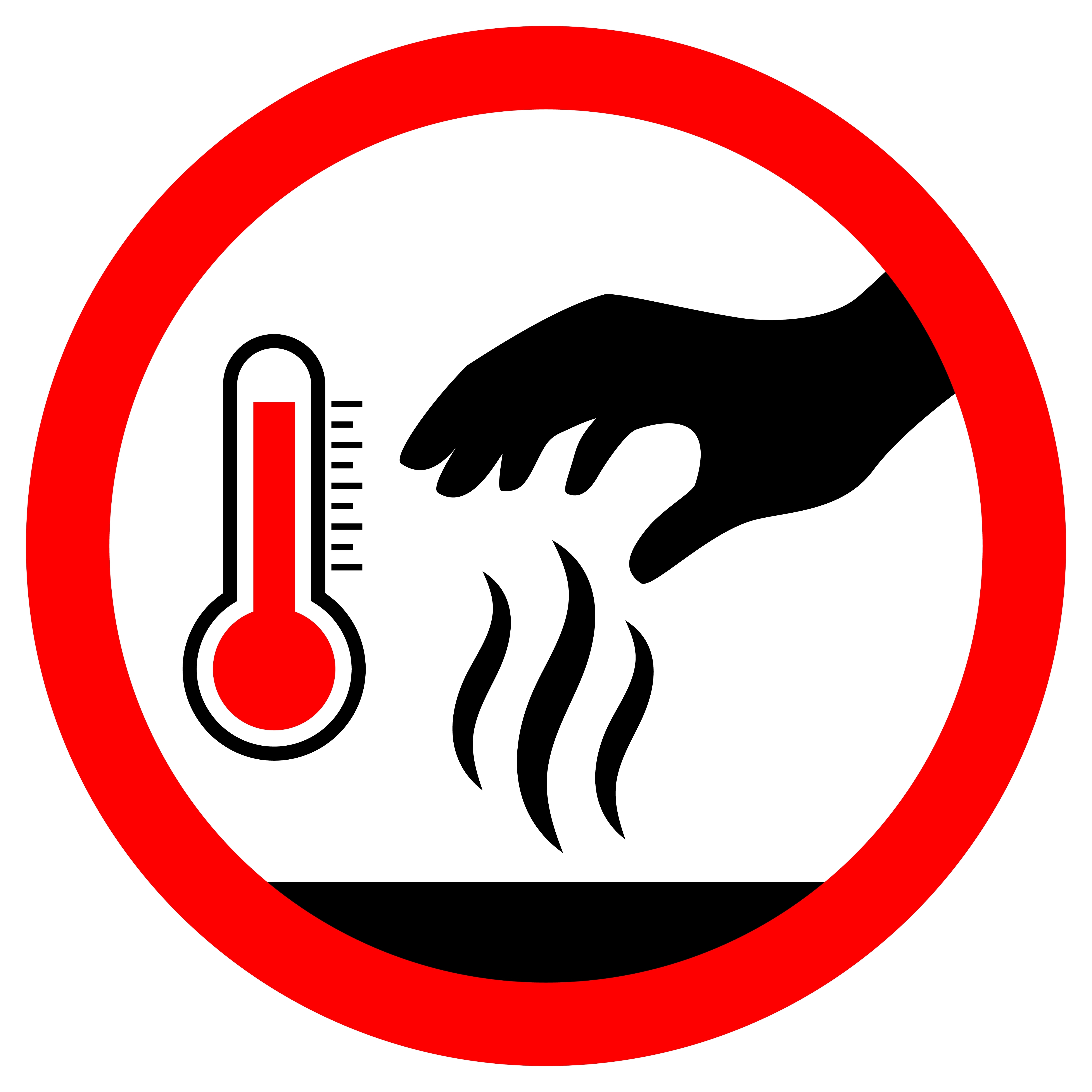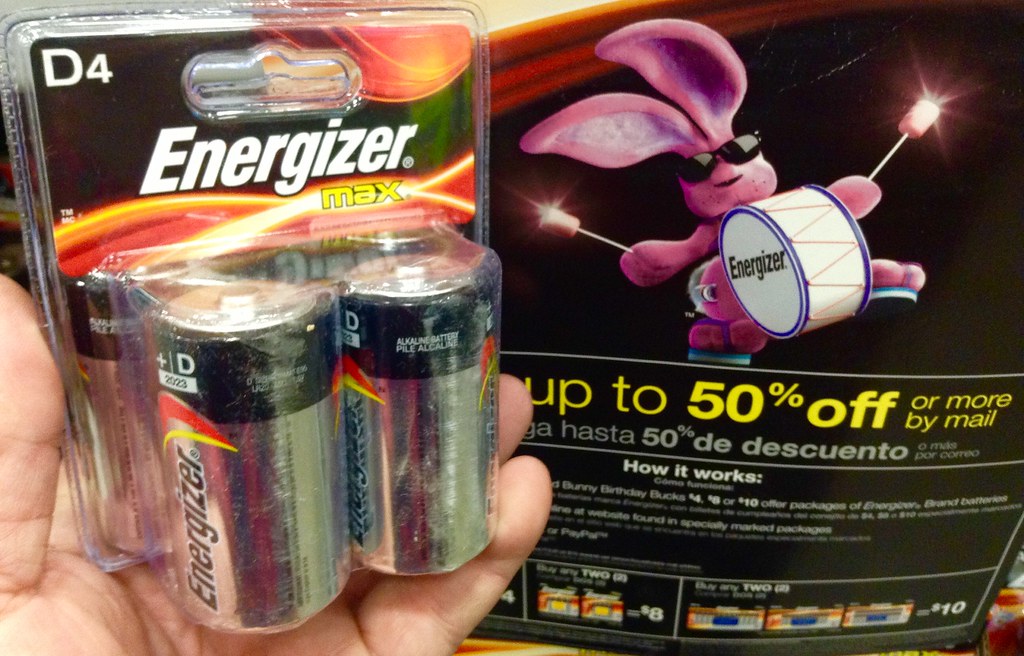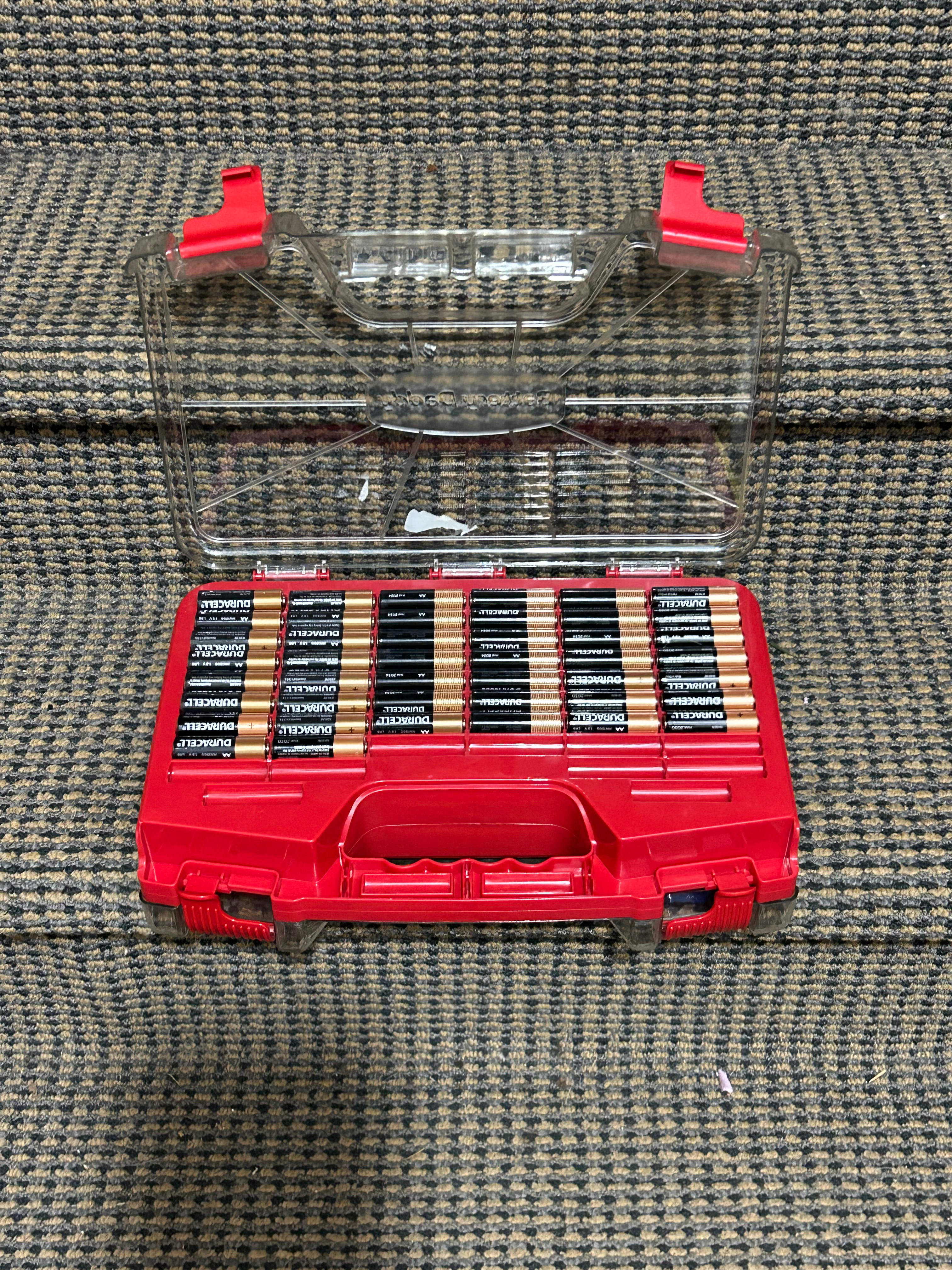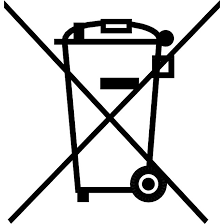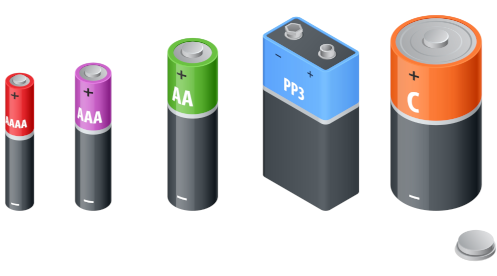Does a Battery Ever Really Die?
In this activity, you will learn about types of batteries, safe battery storage, and safe battery disposal.
Teacher Tips!
Many activities have a teacher view and a student view, and teachers can switch between those views by clicking the blue button in the upper-right. Students will not see this option - only teacher accounts see both views. The teacher view will start with overview text, if available, to frame the activity and get you started. This view will also have teacher tips and suggested answers to student questions spread throughout the activity. The teacher text interleaved with student-facing text will be in italics and should appear as a different color on your screen. Teacher tips are designed to help you deliver a learning experience that is best suited for your classroom.
Printing Reminder
Whichever view you see on your screen is what will print. You can print this activity without teacher tips by selecting the student view, or print with teacher tips by switching to teacher view. Simply use the standard print function available for your web browser. No extra steps are required.
Activity Title:
Does a Battery Ever Really Die?
Description:
In this activity, students will learn about types of batteries, safe battery storage, and safe battery disposal. Students will then develop a poster to help ensure people know about battery safety.
Target Grade Level:
Grades K-2
Discipline or Course (Audience):
Chemistry, computer science, ecology
Time Frame:
Two to three 45-minute class periods
Suggested Grouping:
Individual, Pairs, Whole Class
Key Vocabulary:
Battery, energy, Lithium Ion Battery (Li-ion), alkaline battery
Educator Prep:
- Before facilitating the lesson, research where different types of batteries can be recycled or disposed of locally (specifically alkaline and lithium).
- Watch all videos ahead of time to know what questions to ask students or which content you would like to emphasize.
Recommended Student Background Knowledge and Skills:
There is no specific student background knowledge required to complete this activity.
Activity Preparation Directions:
- Print and cut out pictures for battery sorting activities (consider printing multiple slides to a page to save paper; you can also laminate the pictures to reuse)
- Collect items, some with batteries and some without, so students can identify items that take batteries and try to identify the type of batteries used. (You can also use pictures for this activity)
Remote Learning Adaptations:
This activity is appropriate for remote learning; no adaptations or modifications are necessary.
STUDENT CONTENT BELOW THIS LINE
Most homes, businesses, and schools in the United States have electricity, so why do we have so many battery-operated devices? Batteries are portable. You can move around more freely when not connected to the wall by a cord. Batteries are versatile and come in different sizes and types for many electronic devices. Some batteries can be recharged, so we put fewer single-use batteries into waste systems. So what happens to our batteries once they can no longer power our devices?
In this activity, you will learn about types of batteries, safe battery storage, and safe battery disposal. You will then develop a poster or decorate a safe battery disposal box to help ensure that people know about battery safety.
Materials:
- Device with internet access
- Items that run on batteries
- Things that beep, flash, or move.
- A variety of battery samples (these can be new or used batteries, depending on what you have available. Make sure that none of them are corroded, burst, or otherwise unsafe to handle.)
- Include button-style batteries
- Empty shoe boxes
- Decorating materials (paper, glue, etc.)
- Supporting Material - Battery Card Sort Pictures (Printable)
- Supporting Material - Battery Operated Device Pictures (Printable)
Safety Notes:
- When using technology, engage in safe, legal, and ethical behavior; this applies to devices (hardware), applications or programs (software), and interactions with others.
- If you allow students to observe actual batteries, be aware that they can heat up and cause problems if the positive and negative contacts of batteries touch each other. Smaller batteries can be a choking hazard or can cause internal damage if swallowed. Be sure to monitor students carefully.
Part 1: What Types of Batteries Do I Use?
Different batteries are used to power the devices standard in our lives. There are two basic categories of batteries: primary batteries, which are single-use batteries that cannot be recharged, and secondary batteries, which are rechargeable.
In this activity, your teacher will give you pictures of various batteries that you will sort based on the instructions from your teacher.
Before pairing students to sort the battery pictures, review the content in Teacher Tables 1 & 2 to make sure students understand that there are different types of batteries, some that are rechargeable and some that are not. Ask students to sort the batteries by size, shape, voltage, use, etc. Engage students in discussion after they finish each sort and ask students to share why they sorted the pictures the way they did.
Battery Card Sort information
- Li, 3V; used in small devices like watches, small toys, small medical devices, calculators Silver oxide, 1.5 V; watches, calculators, e-books, small toys
- Alkaline, 12V; small remotes, key fobs, car alarms, GPS trackers
- Alkaline, about 1.5V; small toys, TV remotes, kitchen timers, bathroom scales
- Alkaline, 1.5V; flashlights, alarm clocks, toys, two-way radios, household alarms, musical instruments
- Li, 3V; garage door openers, doorbells, pet collars, LED lights, pedometers, stopwatches, small medical devices
- Li-ion, 18V; lawn equipment, electric snow blowers, power tools
- Li-ion, 3.8V; smartphones, tablets
- Li-ion, 40V; lawn equipment, electric snow blowers, power tools
- Lead acid; 12V, cars, riding lawnmowers, small appliances, camping equipment, boats, for power in remote locations
Common Primary (Single-Use) Battery Types (Chemistry) and Uses
- Alkaline: Most battery-operated household and business items
- Zinc-Carbon: Toys, radios, instruments
- Silver Oxide: Watches, calculators, hearing aids, and more
- Lithium: Used for many of the same things as a lithium-ion battery but is NOT rechargeable
Common Secondary (Rechargeable) Battery Types (Chemistry) and Uses
- Lead Acid: Cars and trucks, energy storage, medical equipment, emergency power, communications systems, emergency lighting, and more
- Nickel Cadmium: Power tools, telephones
- Nickel Metal Hydride: Electric razors, toothbrushes, cameras, mobile phones, medical equipment, and more
- Lithium Ion: Electric mobility, energy storage, power sports and marine applications, smartphones, tablets, laptops, and many more consumer electronics
This data is from https://www.batteriesplus.com/blog/power/battery-chemistries
At this point, you should check in to see if students understand whether or not something runs on batteries.
- Hold up various items (toys, tablets, a laptop, etc.) and ask students whether the item runs on batteries. Use the pictures provided if you do not have many battery-operated devices.
- Then, ask students to explain how they know the item runs on batteries. (It makes a sound and must be plugged in when it is not being used, etc.)
- Then, ask students what type of batteries they think the item uses.
- You can keep it broad - like primary or secondary - and how they know
- or ask students if they have an idea about the specific battery types (like alkaline, lithium-ion, etc.)
Part 2: How Do I Safely Handle Batteries?
Inside a battery are unique materials that can store energy in a chemical form. Explore Table 1 to learn about how to handle batteries safely.
Table 1: Safe Battery Handling
|
Small batteries are swallowing hazards that can harm someone or even be fatal. |
|
|
|
Do not use damaged batteries.
|
|
|
Store batteries properly.
|
|
Wash your hands after handling batteries. |
|
|
Dispose of batteries safely. |
This is a good time to connect the information in Table 1 with the information from Part 1 regarding primary and secondary batteries, so students can start to make the connection between types of batteries and how to handle them safely.
Part 3: How Do I Dispose of Old Batteries?
Eventually, a battery will no longer have enough stored energy to power your toys or other devices. Some batteries can be recharged many times, but eventually, all must move into the next lifecycle phase. What happens next depends on the type of battery and where you live! “Dead” batteries can still have enough stored energy to pose a fire and safety risk! Proper disposal or recycling is essential for batteries. See Battery Types and Disposal Methods for some ideas.
- Watch Web Link - Avoid the Spark and consider why it is dangerous to ignore safe battery disposal rules. Ask students what they think could be dangerous if they do not dispose of batteries properly. Consider recording student ideas on chart paper or the board to revisit after learning notes in this section
- Watch these three short videos. Think about how you can help ensure safe battery disposal at home and at school.
- Web Link - How Batteries Are Recycled in the US
- Web Link - How to dispose of your dead batteries the right way Draw students’ attention to taping the battery terminals
- Web Link - One Spark Is All It Takes
Discuss different disposal methods for different types of batteries. A suggestion for this activity is to use the card sort images from Part 1: the teacher can either ask students to group the different batteries by disposal method, or the teacher can hold up or project the pictures and ask students to raise their hand and identify how to dispose of them. Remember, no matter what type of batteries they are, all contact surfaces must be taped with clear tape prior to disposal.
Battery Types and Disposal Methods
- Alkaline: Recycling rules vary based on where you live, and some states allow batteries in landfill waste. With batteries, it is safest to recycle whenever you can. Sometimes this means you will need to take the extra step of ordering a recycling kit from a place like call2recycle. In California, throwing alkaline batteries into bins headed for the landfill is illegal. Unlike most other states, they have collection stations for these single-use batteries.
- Other single-use batteries: Recycle whenever possible due to the hazardous materials in the batteries.
- Button Cell Batteries: Contain silver and mercury - take to a recycling station (like call2recycle sites at Home Depot stores)
- Car Batteries: Contain lead and acid - often, when you buy a new car battery, the store will dispose of the old battery for you; otherwise, the battery needs to go to a recycling center.
- Laptop Batteries (lithium-ion): Must be taken to a recycling site (like call2recycle sites at Home Depot stores)
Part 4: Creating a Battery Disposal Box
Your battery disposal box must include information about safely disposing of different types of batteries. You can focus on specific types of batteries found most commonly in your school or home, or you can include all types of batteries you learned about.
Students can work independently or in small groups to create a poster. Ideally, these posters will be hung around the school, and students can share their knowledge about safe battery disposal with the rest of the school at an assembly or family event.
Reflect and Apply:
- How will you help your family and friends be more responsible when disposing of batteries now that you know more? Students' answers will vary; encourage students to devise ideas they can execute independently, like reminding a grown-up that they can get rid of some batteries at Home Depot stores.
- What are some things that could happen if everyone ignored the safe battery disposal guidelines you have been learning about? Student answers will vary but could include children swallowing small batteries, fires starting from the terminals touching each other for too long, or dangerous chemicals leaking and hurting someone.
Extension:
Can your school become a battery recycling site for Call2Recycle? Visit Web Link - Call2Recycle , then speak with your teacher and principal to decide if this is a good idea for your school community. Be prepared to tell your principal why this is important and why your school should become a battery recycling collection site. Outline a plan that includes why this is important, who will be responsible for the maintenance, safety risks, any associated costs, and how you will share this information with your school community!




